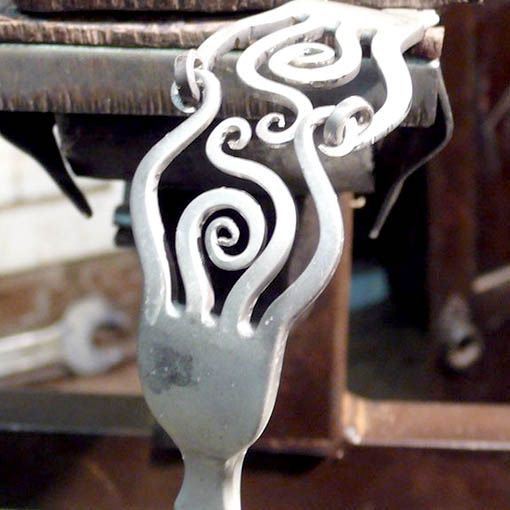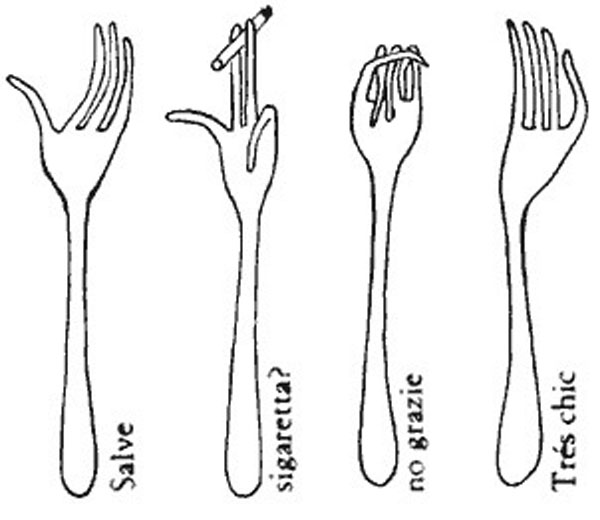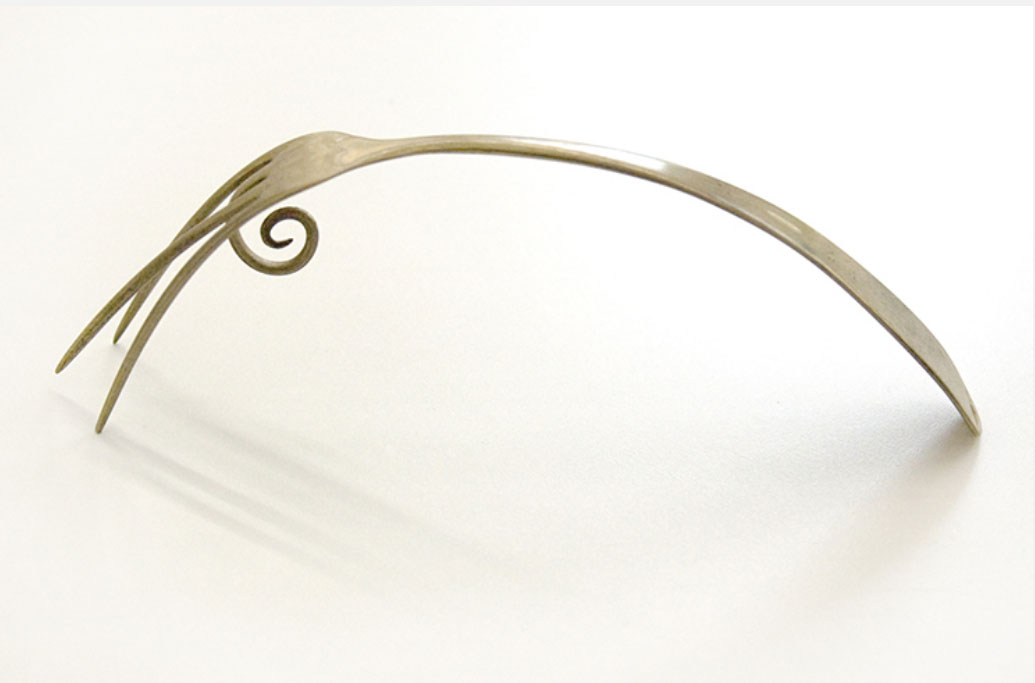
Tableware metamorphosis. Hairy Growler'sustainable jewels
January 2017

In the most genuine tradition of British street crafts, pre 1919 sterling silver coins and tableware are converted into 100% Recycled and Hand Crafted fine Jewellery
Tourists and curious people walking through old Cambridge’s streets easily come across All Saints Garden’s Craft Market.
Here, right in front of the prestigious Trinity College – an academic institution that not only graduated 31 Nobel Prize winners, but included scholars such as Isaac Netwon, James Maxwell and Ludwig Wittgestein among its students – within the most genuine tradition of British street crafts, you can stumble into strange and fascinating re-used objects, that through Hairy Growler workshop’s creations take the shape of explosive organic creativity, combining a singular feeling of familiarity (it is old coins, spoons and forks, after all) with true wonder.
An historical event is at the origin of this crafts story. In the 12th Century, King Henry II prescribed to replace pure silver originally used for coin-issuing with a more durable alloy that, while retaining a good percentage of noble metal (more precisely 92.5% of silver and 7.5% of copper) would make it more difficult to clip the coins’ edges to steal precious material. Sterling silver, this is the name of the metal amalgam, remained in service with the royal mint until 1919, when it was replaced itself with new, more modern and economic alloys.
Here then sterling silver Georgian, Edwardian and Victorian old crockery and out of course coins, ended up stacked in deposits of unmatched or worn-out pieces in second-hand dealers or antiquities and numismatics shops. In this very historical trajectory, having lost a substantial part of its value, as well as its original function, sterling silver is destined to be melted to extract the silver, Hairy Growler draws with his inventions, to giving new life to such artifacts transforming them into beautiful jewels.
Key distinctive traits of Les' work are a great care to the detail in the pieces he is working on, the perceptible memory and testimony of previous stories re-emerging in their new reinterpretations, and an organic style that makes them appear as objects forgotten in time that went through some natural metamorphoses. As Les considers a shame the idea of this heritage being lost, he emphasizes the pleasure he experiences in reviving, with every jewel he creates from these old coins, the historical details and a patina of wonder.
To an Italian audience, some artifacts by Cambridge’s craft workshop cannot but recall the refined and playful games of Bruno Munari’s "talking forks".


The Hairy Growler approach between recycling, 100% hand making, the recovery and reinterpretation of each piece is a true hymn to re-use and to a more careful use of materials. As a matter of fact, it earned the workshop the first place in the category of the most sustainable non-food products, at Glastonbury Festival’s 2017.
editorial board
Nicolò Ceccarelli - Marco Sironi

